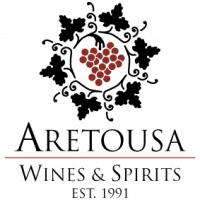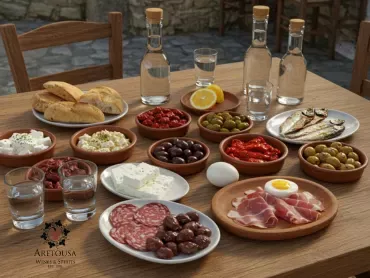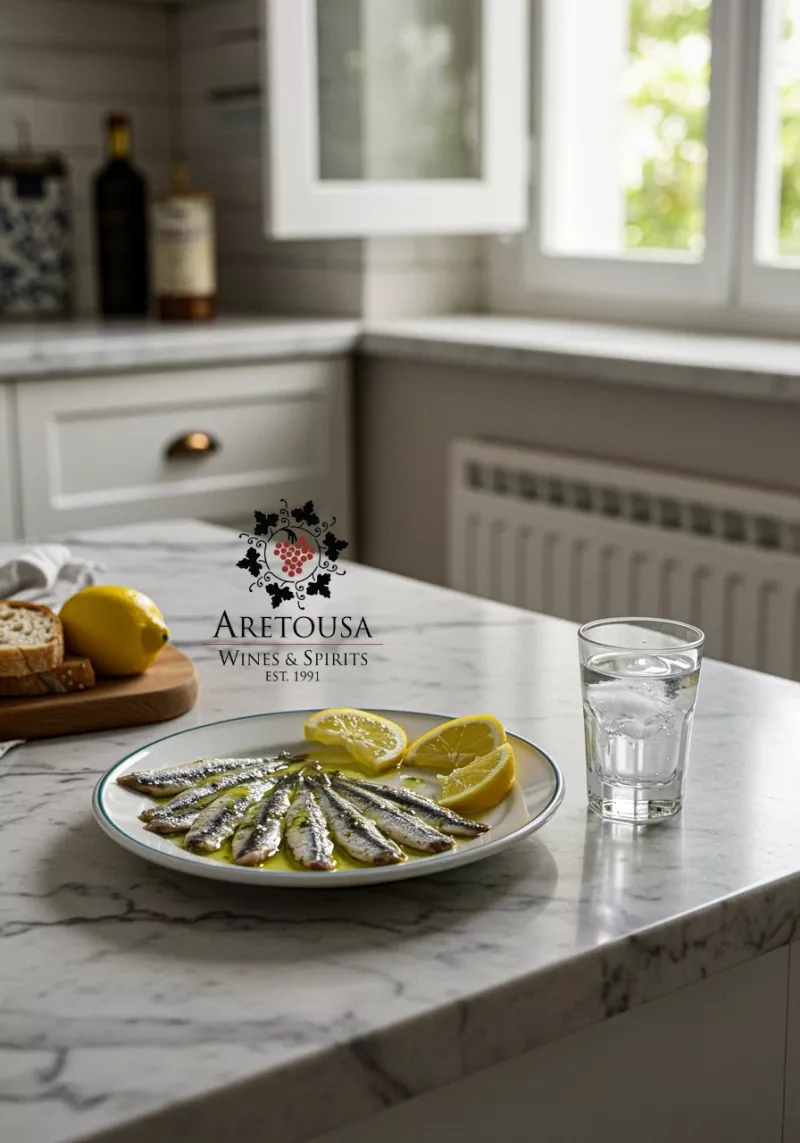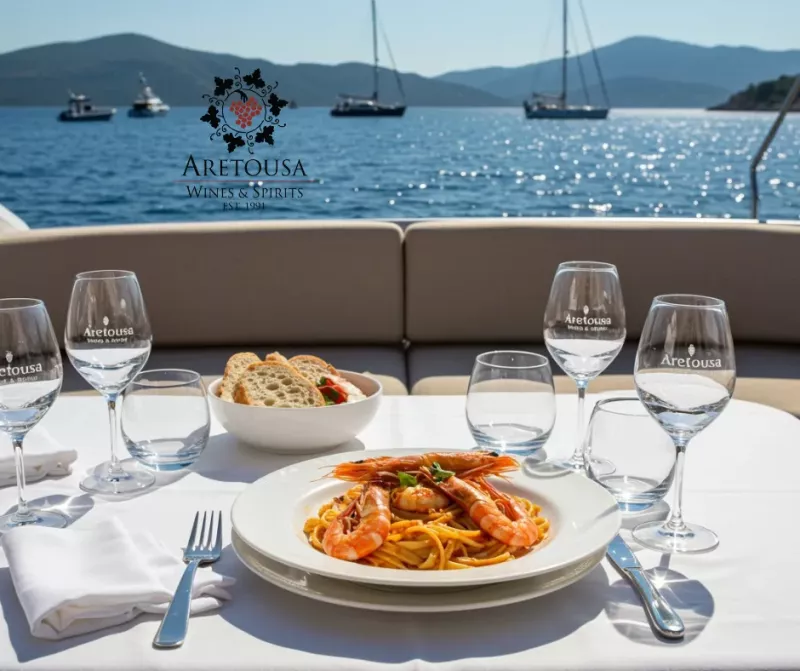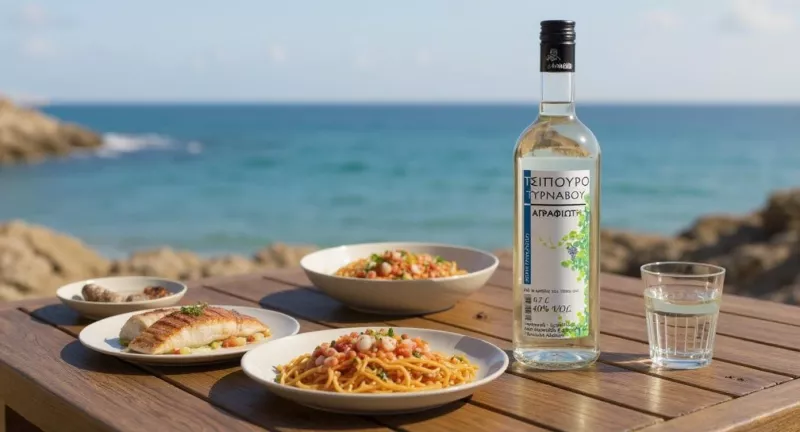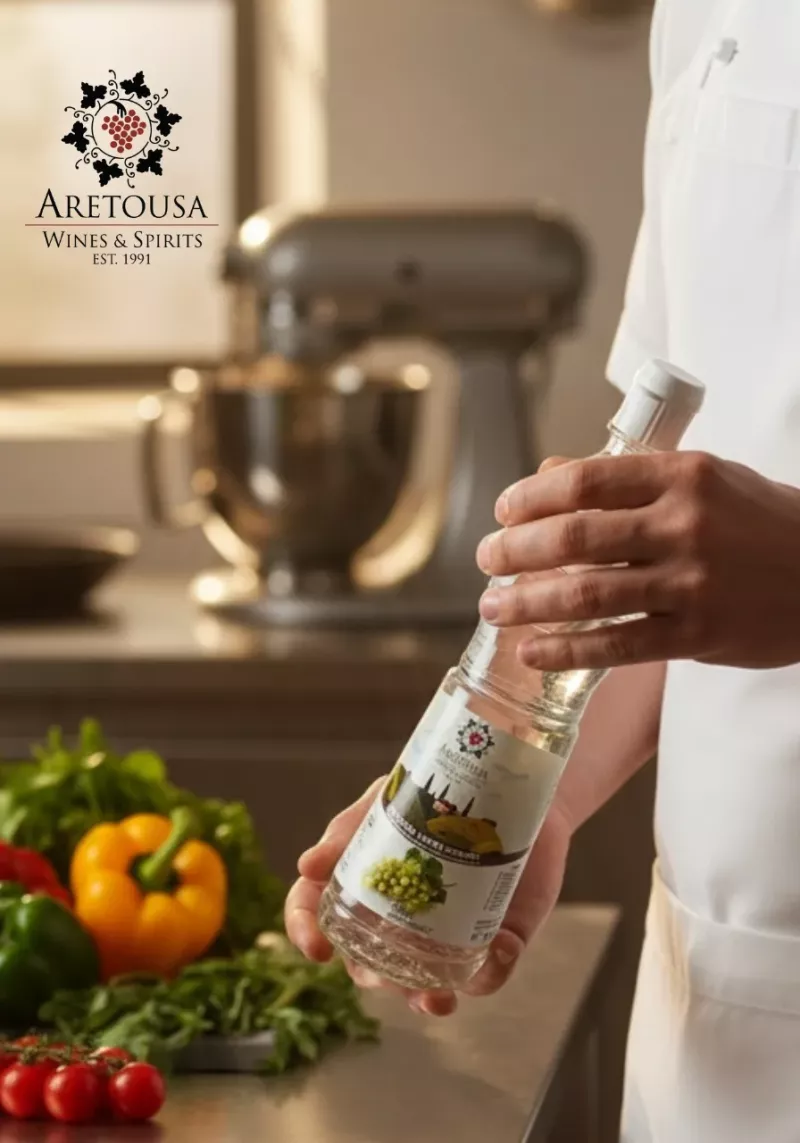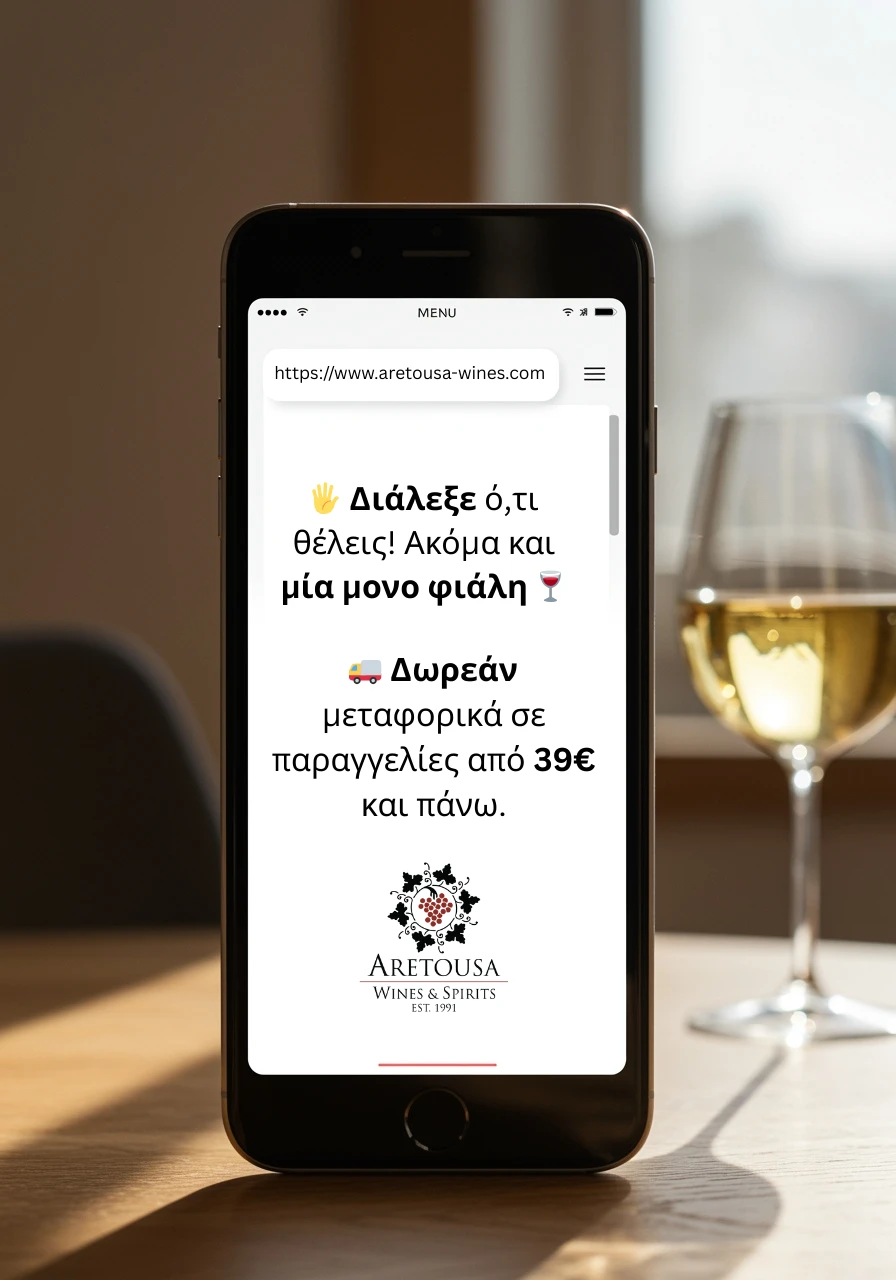Wine and Temperature: Lifelong Friends or Mortal Enemies?
Δευτέρα 30 Νοεμβρίου 2020
What Happens When Wine Is Too Warm?
Overheated wine becomes “heavy,” overly alcoholic on the nose, and flat on the palate. The freshness fades, the balance is lost, and the experience turns harsh and unpleasant.
❄️ What Happens When Wine Is Too Cold?
Excessive cold dulls the aromas and makes tannins—especially in reds—taste overly sharp or bitter. It's like turning the music volume way down and trying to enjoy the song — you miss the essence.
✅ Ideal Serving Temperatures by Wine Type
| Wine Type | Serving Temperature | Why It Matters |
|---|---|---|
| Sparkling Wines | 6–8°C (43–46°F) | Enhances bubbles and freshness. |
| Light White Wines | 8–10°C (46–50°F) | Brings out acidity and fruity notes. |
| Oaked or Aged Whites | 10–12°C (50–54°F) | Reveals complexity and oak character. |
| Rosé Wines | 8–12°C (46–54°F) | Balances fruitiness and crispness. |
| Light Red Wines (e.g. Pinot Noir) | 12–14°C (54–57°F) | Highlights red fruit and finesse. |
| Medium-Bodied Reds (e.g. Merlot) | 14–16°C (57–61°F) | Maintains balance between structure and aroma. |
| Full-Bodied Reds (e.g. Cabernet Sauvignon) | 16–18°C (61–64°F) | Unlocks complexity and warmth. |
| Sweet or Dessert Wines | 6–8°C (43–46°F) | Keeps sweetness in check, accentuates aroma. |
? Smart Tips for Wine Lovers
-
Don’t trust “room temperature” — especially in summer. A 28°C room (82°F) is way too hot for red wine.
-
Use a bucket with ice and water — It chills wine faster and more evenly than the fridge alone.
-
Avoid long freezer sessions — 10–15 minutes max if you're in a rush. Don’t forget it in there!
-
Buy a simple wine thermometer — A small investment for a big upgrade in wine enjoyment.
-
Serve slightly colder if unsure — Wine warms up in the glass quickly, not the other way around.
? Storage Matters Too
It's not just about serving. Long-term wine storage should be between 12–14°C (54–57°F), away from direct sunlight and vibration. This ensures stability, prevents premature aging, and preserves the wine’s integrity.
✅ Conclusion
Wine is alive — and temperature is the dial that controls its character. Serve it right, and the wine will tell its full story. Serve it wrong, and you may never get to know it. So next time, check the thermometer before you pour.
